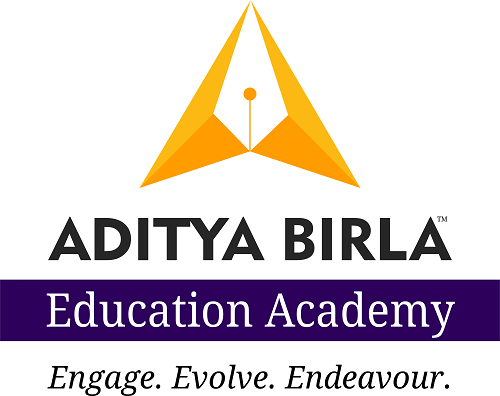The best argument for training elementary teachers in Gifted and Talented education is a great outcome. Let me present a case for your consideration. My younger son was identified for GT services when he began kindergarten at Randolph Heights school in St Paul Public Schools (SPPS), a medium sized district of about 37,000 students. The district used Renzulli’s Schoolwide Enrichment Model in which students were pulled out of their regular classroom several times a week to receive enriched curriculum.
Every SPPS elementary school had a full-time gifted specialist to teach advanced content to students during pull outs. In addition to providing service to the formally identified top 10%, GT specialists helped integrate GT instructional methods into everyday programming to benefit students who were not formally identified for GT services.
For seven years (K-6) my son and his classmates enjoyed the continuous service of a dedicated GT Specialist not only in the enrichment pull outs but in regular subjects. For example, RHS block scheduled so that during first period all students took math at their true instructional level not with age peers. This was an ability grouping strategy designed to serve unidentified students. A mathematically precocious 3rd grader who was at grade level in other subjects could take math with 5th or 6th graders, or even algebra with the principal who held a secondary math license. The same prevailed for reading. This type of ability grouping is a powerful way GT principles influenced everyday instruction. It was very popular among teachers, the principal, parents and especially students for whom instruction matched their ability.
Another benefit of teacher training was that after students returned from a pull-out session, they did not have to do the grade-level work they missed because they had already mastered more advanced material. In this way the GT specialist enriched and accelerated the standard curriculum to serve identified students at their level providing a more immersive experience for GT students. Working together both teachers and the GT specialist applied GT program methods and principles to improve instruction for all.
When my son’s class graduated high school, he was one of four students from his class at RHS who were among the top 10 students in their respective high schools. All of them praised their GT teacher for inspiring them go further, to see a bigger picture and always believe in their abilities.
For further reading…
Borland, J.H. (1989). Planning and Implementing Programs for the Gifted. New York: Teachers College Press.
Leppien, J. & Westberg, K. (2006). In Purcell, J. H. & Eckert, R. D. (Eds.). (2006). Designing Services and Programs for High Ability Learners. Thousand Oaks, Corwin Press.
NAGC (2019). Pre-K to Grade 12 Gifted Programming Standards. National Association for Gfited Children. Washington, DC.
Renzulli, J. S. (1986). The three-ring conception of giftedness. In Baum, S. M., Reis, S. M., & Maxfield, L. R. (Eds.). (1998). Nurturing the gifts and talents of primary grade students. Mansfield Center, CT: Creative Learning Press.
Renzulli, J. S., Reis, S. M. (1997). The schoolwide enrichment model: A how-to guide for educational excellence (2nd ed.). Mansfield Center, CT: Creative Learning Press.
Image source-Google







